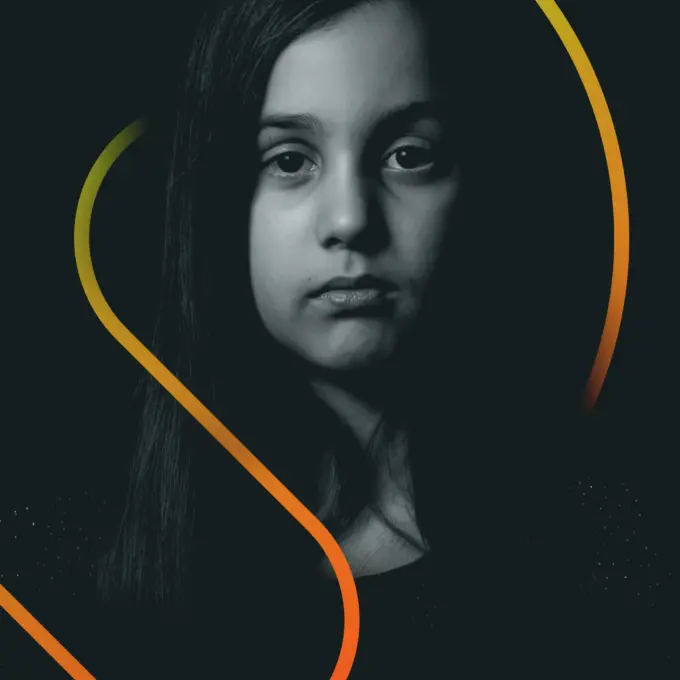
Meeting Them Where They're At
I wanted to take a moment to talk about what it’s like supporting young people with neurodiverse needs. It’s something I’m very passionate about, and I put a lot of thought into how I can create the best possible support for every young person I work with.
There’s no one-size-fits-all approach here – every young person is different, and that’s what makes this work so rewarding.
- Safer London Expert Neurodiversity Caseworker and Internal Advisor
Choosing the right environment
One of the first things I think about is where I’m going to meet a young Londoner. The space we meet in can have a huge impact on how comfortable they feel. For example, imagine trying to have a conversation about trauma in a busy cafe on Tottenham Court Road at 9am? Chaos! Too much noise, too many distractions. Instead, I make sure we meet somewhere that suits them – a quieter cafe, a park, somewhere that feels familiar.
Getting communication right
Neurodiverse young people often have different preferences when it comes to how they like to communicate, and I always ask them upfront: ‘Do you prefer texting? Phone calls? Face-to-face chats?’ I’ve found that a phone call out of the blue can be really jarring for some young people, so I usually start with a simple text message to check in. Little things like that can make a big difference.
I also know that some neurodiverse young people struggle with processing or retaining information. So, I make sure to do recaps at the start of every session: ‘Last time we talked about this... does that still make sense? Do you remember what. we decided?’ It helps keep everything on track and makes sure they don’t feel lost.
Mixing things up
Not every young person learns through just talking. That’s why I bring in different tools to help. I use videos a lot in sessions because they break things up and give us something to focus on together. It can make complex topics like violence and abuse, easier to digest and also takes the pressure off direct conversation, which can be overwhelming for some neurodiverse young people.
Supporting healthy relationships and boundaries
One of the biggest challenges neurodiverse young people face is understanding relationships and boundaries. I see this especially with young Londoners who are autistic. Sometimes, they struggle to pick up on signs that someone isn’t treating them well. It’s heartbreaking to see, but a lot of neurodiverse young people are lonely, and that loneliness can make them more vulnerable to unhealthy friendships, or even abuse.
A big part of my job is helping them unpick social interactions. We work through questions like: ‘Why is that person acting that way? Why did you react like that? What pattern do you see here?’ for example, I might say, ‘Every time you hang out with this person, you feel bad after – why do you think that is?’ Taking time to explore these patterns helps young people see things they might not have noticed before. Being a teenager is confusing, without adding all this on top!
Expert Neurodiversity Caseworker and Internal Advisor
There’s no single formula for supporting neurodiverse young people – it's all about what works for them.
Every young person is unique
For example, I worked with one person who thrived on routine. We went to the same cafe, at the same time, and sat in the same seat every week. That predictability helped him feel comfortable. I also noticed that when I asked him a question, he’d make a sound before answering. I quickly learned that this was his way of processing, so I stopped rushing him. Instead of pushing for immediate answers, I started sitting next to him and watching videos together. It created a much more relaxed and effective way for us to connect.
Then there’s another young person I supported who had severe ADHD. Some days, he just isn’t in the headspace to focus. On those days, we sit in a dimly lit room, he plays with is favourite toy, and I make him laugh. Because sometimes, that’s exactly what he needs.
At the end of the day, this work is about meeting young people where they’re at. What works for one, might not work for another, and that’s why I stay flexible, patient and open to learning. My goal is always to create a space where they feel heard, valued and understood. Because when that happens, real progress can start to take shape.
- Safer London Expert Neurodiversity Caseworker and Internal Advisor

Keep the conversation going by signing up to our newsletter to receive the latest from our caseworkers.
Sign up to our newsletter
Here!